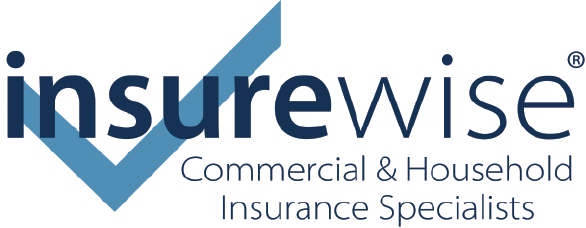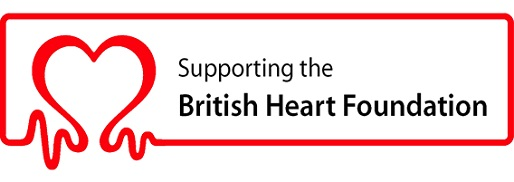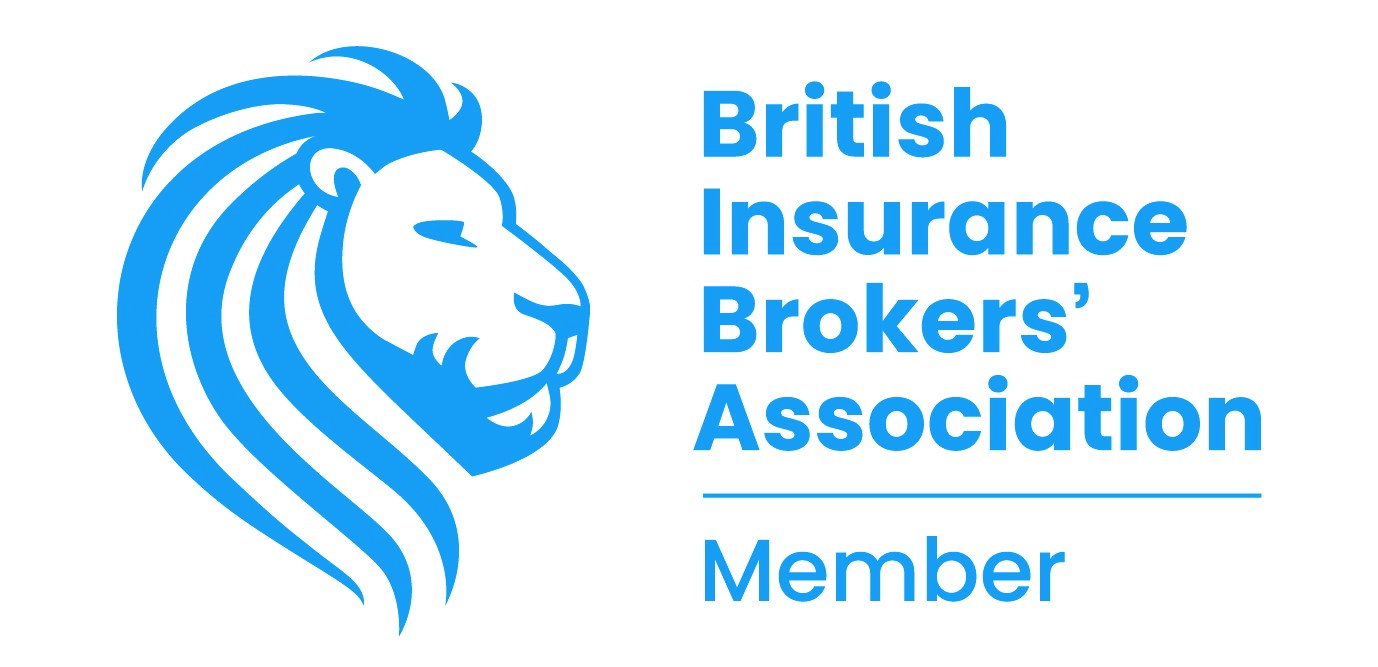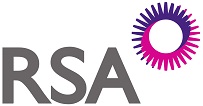Employers and businesses including shops, local authorities and schools must take steps to remove barriers faced by people with disabilities, ensuring everyone can receive the same services and work without disadvantages.
As a business owner, how do you know which adjustments are optional and which are required by law?
The law
Let’s start at the beginning. The Equality Act 2010 states that an employer must make “reasonable adjustments”.
The onus to pay for these adjustments should never be on the employee or service user. In this case, “reasonable” means anything which can practically be done to remove disadvantage. This could be:
- Changing the way something is done, such as an admin procedure, general rule or informal policy
- Adapting a physical feature of a building such as steps, signs or toilets; or
- Providing extra equipment such as a hearing aid induction loop or providing information in Braille.
Is your business doing enough?
Ask yourself these questions to help determine how you could improve your business premises:
- Do your staff know how to serve people with access requirements?
Think about problems they may encounter specifically on your site – if you run a shop with higher shelves, yard with rough terrain or a business with a self-service element, do your staff know to look out for people who may need assistance
- Do you list your access information online?
The internet means small businesses can prominently display how accessible your venue is (or any problems which you can’t avoid, such as a listed building you can’t adapt), letting people make an informed decision about whether they will be able to comfortably access your venue. Websites like Euan’s Guide provide a platform for easy reference
- Can a wheelchair user enter your premises without assistance?
From ramps to automatic doors, consider your physical premises. Are your entrances, exits, toilets and changing rooms also accessible to wheelchair users?
- Do you offer more than one way of communicating with people?
For example, if your business offers a service, you should consider providing alternative forms of communication for deaf people or written materials in an “easy to read” format.































